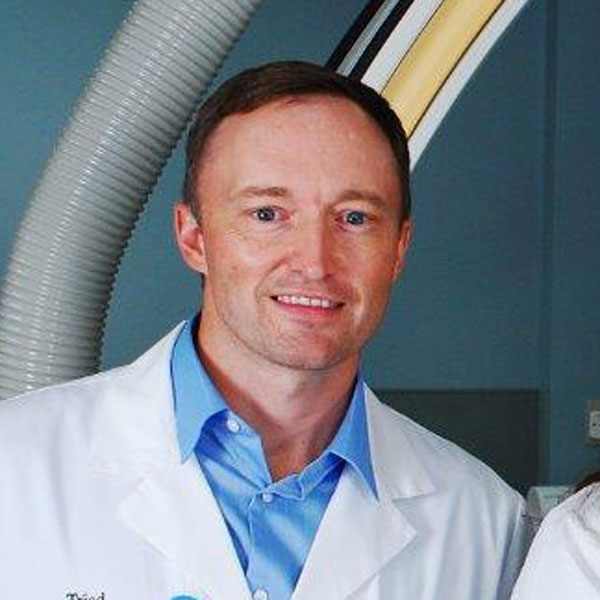Magnetic Resonance Imaging (MRI) of the Breast
Overview
MRI of the breast uses a powerful magnetic field, radio waves and a computer to produce detailed pictures of the structures within the breast. It is primarily used as a supplemental tool to breast screening with mammography or ultrasound.
Common Uses of the Procedure
There are various reasons breast MRI is used, which may include:
- Measuring the size of the cancer, look for other tumors in the breast, and to check for tumors in the opposite breast in women who have already been diagnosed with breast cancer
- Screening women who may be at high risk for breast cancer
- Evaluating the extent of cancer following diagnosis
- Further evaluating abnormalities seen on mammography
- Evaluating breast implants to see whether silicone implants have ruptured
Women’s Imaging Locations
Imaging Centers & Clinics
What to Expect
MRI scans use strong magnets instead of ionizing radiation to make very detailed, cross-sectional pictures of the body, called slices. MRI creates pictures of soft tissue parts of the body that are sometimes hard to see using other imaging tests.
For an MRI of the breast, you will life face down on a platform specifically designed for the procedure. It is very important to remain very still throughout the exam.
All scans, except those which are for breast implants, will require a contrast material that will be injected intravenously. Contrast material makes it easier to to see abnormalities of breast tissue more clearly.
Although breast MRI is a safe and valuable test for examining the breast, it has a high rate of false-positive results. Suspicious findings may turn out to be benign after undergoing further evaluation. that may require further evaluation, many of which turn out to be benign.
Typically, breast MRIs are painless and completed within an hour. After the exam, the technologist or radiologist may ask you to wait until they verify that no additional images are needed.
Triad Radiology offers Womens Imaging at a variety of locations, including hospitals, imaging centers, and clinics. Contact us if you want to learn more or schedule an appointment.



